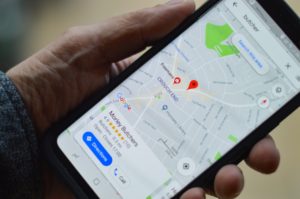Encryption is key to cybersecurity. You might even have apps, programs, or services that are encrypted. But what is encryption, and why is it so powerful?
In short, encryption takes easy-to-read information — like this article — and converts it into a scrambled, unintelligible mess, known as ciphertext. In order to unscramble ciphertext back to its legible form, you need the key. Not a physical key, of course, but a computational key.
Unlike the ones you use for your car or house, you don’t need to worry about your encryption key — it’s built-into whatever program you happen to be using, and automatically decrypts the information for you. Without the key, that information is unreadable, protecting data from text messages to bank accounts.
Here’s an everyday example of encryption — all messages sent on Apple’s iMessage service are encrypted. When your contact sends you an iMessage, the text is encrypted from their phone to yours. When you open the message, your iPhone uses its key to decrypt the message into something you can easily read.
While it is possible to break encryption without the key, it’s very difficult to do. You don’t need to worry about the average hacker sneaking a peak at your encrypted messages, so long as you don’t hand them your phone!
Cover photo by Markus Spiske on Unsplash



